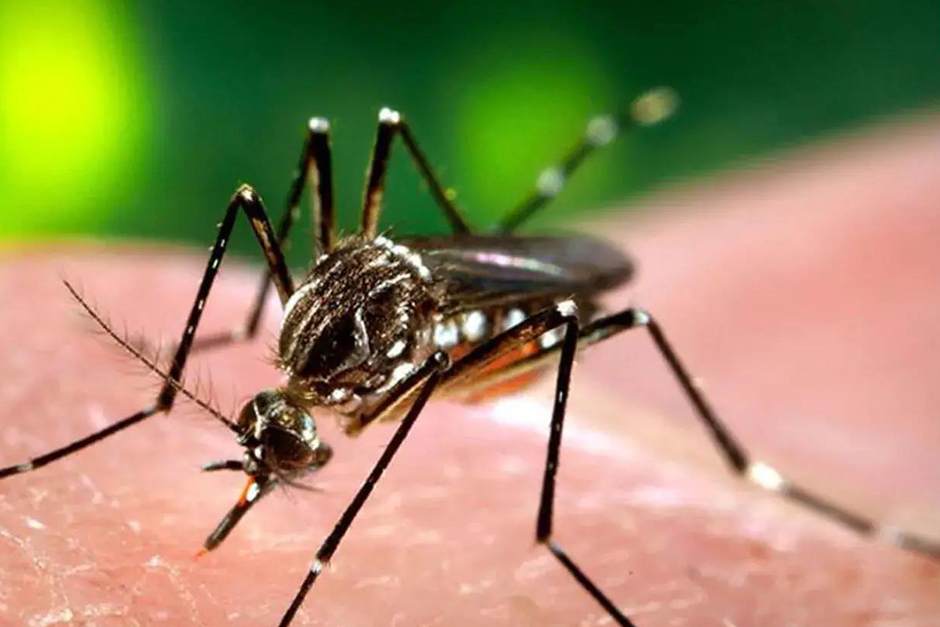Ludhiana, Punjab’s industrial heartland, is currently grappling with an alarming public health crisis as dengue cases surge, placing immense strain on healthcare infrastructure. What’s particularly concerning is the revelation from local medical practitioners: an unprecedented 80% of reported dengue patients are requiring hospitalisation, a figure significantly higher than typical trends. More critically, doctors are now flagging another pervasive environmental concern – the city’s notoriously poor Air Quality Index (AQI) – as a key contributing factor to both the increased susceptibility and severity of dengue infections.
The Alarming Dengue Influx and Hospitalisation Rate
While seasonal outbreaks of dengue are not uncommon in India, Ludhiana’s current situation presents a stark deviation from the norm. The city has seen a rapid escalation in cases, with an overwhelming majority necessitating inpatient care. This high hospitalisation rate is a critical indicator of the disease’s severity, pushing local hospitals, both public and private, to their limits. Patients often present with more severe symptoms, including significant platelet drops and complications that demand intensive medical intervention.
Traditionally, dengue prevention strategies have focused primarily on vector control – eliminating mosquito breeding grounds, using repellents, and promoting community cleanliness. However, the current crisis in Ludhiana suggests that these measures alone might not be sufficient, and a deeper, more complex interplay of factors could be at play, making the population more vulnerable to severe outcomes.
Poor AQI: A Silent Contributor to Dengue Severity?
The groundbreaking hypothesis being put forth by Ludhiana’s medical fraternity links the escalating dengue severity to the city’s consistently poor air quality. Ludhiana has long struggled with high levels of atmospheric pollutants, particularly during the post-monsoon and winter months, largely due to industrial emissions, vehicular pollution, and agricultural stubble burning in the region. Doctors believe that prolonged exposure to high levels of particulate matter (PM2.5, PM10) and other harmful gases may be compromising the respiratory and immune systems of residents, making them more susceptible to viral infections like dengue and hindering their ability to recover efficiently.
Dr. Ritesh Sharma, a senior physician at a prominent Ludhiana hospital, elucidated this emerging perspective. “We are observing that patients from areas with historically high pollution levels often present with more pronounced symptoms and take longer to stabilise,” he stated. “Chronic exposure to poor air quality weakens the body’s natural defences. It stresses the respiratory system and can lead to systemic inflammation, essentially creating a more favourable environment for the dengue virus to cause severe disease. It’s not a direct cause, but an insidious one that can turn a mild dengue case into a critical one requiring hospitalisation.” This perspective underscores a critical public health challenge, moving beyond traditional pathogen-centric approaches.
A Holistic Public Health Challenge for Ludhiana
The potential link between AQI and dengue severity transforms the understanding of public health interventions. It signals that combating dengue effectively in urban centres like Ludhiana might require a multi-faceted approach that extends beyond just mosquito control. Improving air quality, through stricter industrial emission norms, promoting public transport, managing agricultural waste effectively, and encouraging green cover, could inadvertently become a crucial component of dengue prevention and severity reduction strategies.
The city’s authorities now face the dual challenge of managing an acute dengue outbreak while also addressing the chronic issue of air pollution. This situation calls for seamless collaboration between health departments, environmental agencies, and urban planning bodies to develop integrated strategies. For residents, this means not only protecting themselves from mosquito bites but also adopting measures to mitigate the effects of air pollution, such as using air purifiers indoors and wearing masks outdoors during periods of high AQI.
Ludhiana’s current dengue crisis, amplified by the suspected role of poor AQI, serves as a poignant reminder of the interconnectedness of environmental health and human well-being. It highlights the urgent need for a broader, more integrated public health paradigm in India’s rapidly developing urban landscapes, where tackling one challenge might implicitly aid in resolving another, ensuring healthier outcomes for its citizens.




